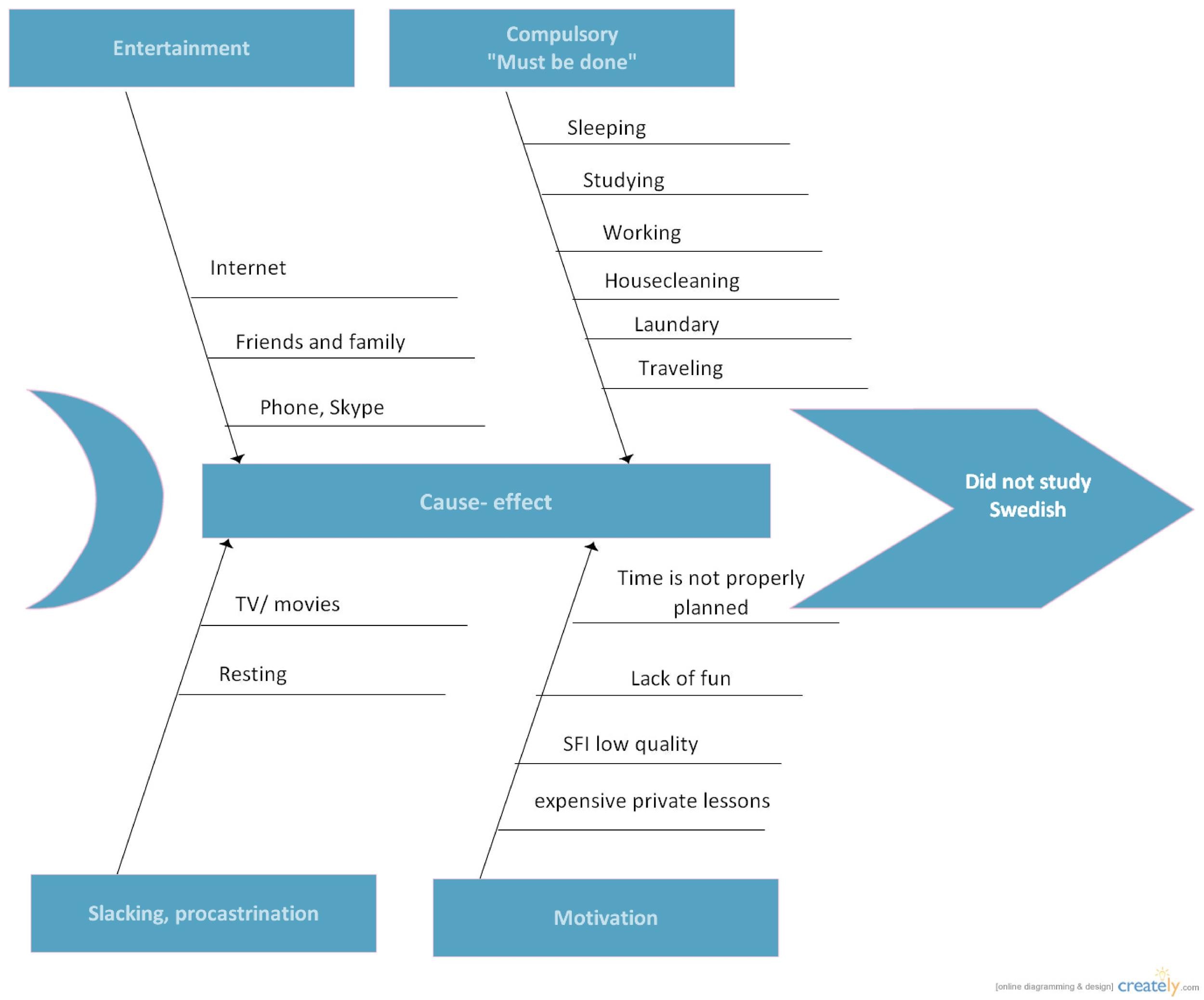
This will depend on your specific problems and identified possible causes. Perhaps you can gather more data/evidence for each root cause candidate or immediately identify the most likely one and quickly try to solve it. There are many possibilities what you can do at this point. The diagram now provides a structure for your most important thinking and next steps. The most important step is looking at all the possible root causes and analysing them. So it's important to capture everything that might explain the problem, even if just partially.Īt this point, you should have a complete diagram but no definitive answer yet. Keep in mind that the problem might not have just one root cause but multiple. First principles thinking is useful here including the "Five whys" method. 3) Find possible root causes related to each factorĪsk "Why is this happening?" Write down each idea as a line under the factor it relates to. You can come up with your own factors or you might use generic categories: People, Equipments, Methods, Measurement, Material and Environment.Ĭategorising is very helpful for breaking down complex problems and looking at them from different perspectives. List out the factors/categories that could be contributing to the problem you're solving. 2) Identify contributing factors or categories The line will be for adding factors in the next step. Start with defining the problem and then drawing a line to the left or right of it (that's up to your preference). This can be done in a group as a workshop but also just as well on your own.

Building out this diagram consists of few simple steps.


 0 kommentar(er)
0 kommentar(er)
